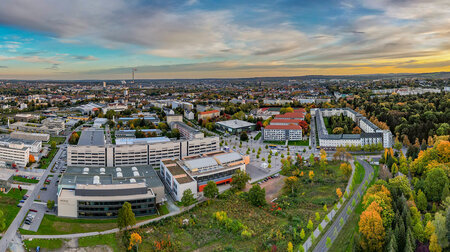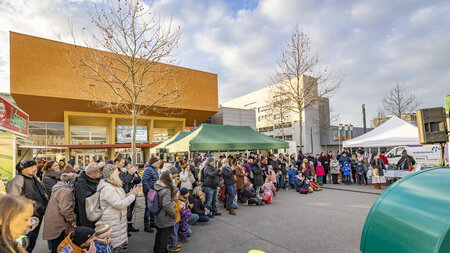Teaching of the professorship RF Technology and General Electrical Engineering
Overview of courses in the winter semester
Grundlagen der Elektrotechnik 1
Responsible: Prof. Dr. Ralf Zichner
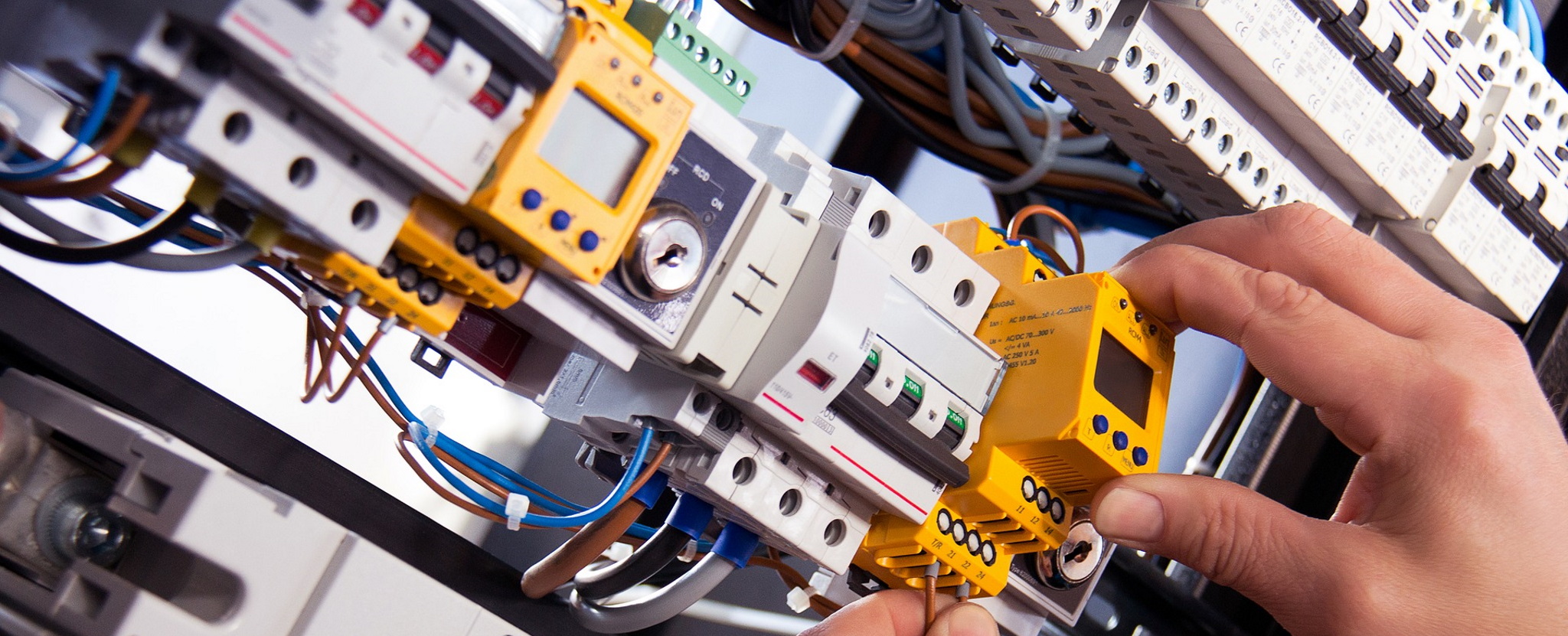
Registration
Registration for the course as well as download of the working materials takes place via OPAL.
Course description
| Dozenten: |
Dr. Mario Weber |
| Type of course: | Lecture with tutorial |
| Scope of course: |
3/2/0 LVS (Lecture/Tutorial/Practical course) |
| Contents: |
|
| Job prospects: | Mit den erworbenen Kenntnissen des Modul Grundlagen der Elektrotechnik 1 & 2 qualifizieren Sie sich in der Joblandschaft in nahezu allen Märkten der Elektrotechnik. |
Events
See course catalog of the winter semesterFundamentals of Electric Circuits 1
Responsible: Prof. Dr. Ralf Zichner

Registration
Registration for the course as well as download of the working materials takes place via OPAL.
Course description
| Lecturers: |
Dr.-Ing. André Schleicher |
| Type of course: | Lecture with tutorial |
| Scope of course: |
2/2/0 LVS (Lecture/Tutorial/Practical course) |
| Contents: |
|
| Job prospects: | The knowledge you acquire in the Fundamentals of Electric Circuits 1 module will qualify you for jobs in almost all electrical engineering markets. |
Events
See course catalog of the winter semesterGrundlagen der Elektrotechnik 3
Responsible: Prof. Dr. Ralf Zichner
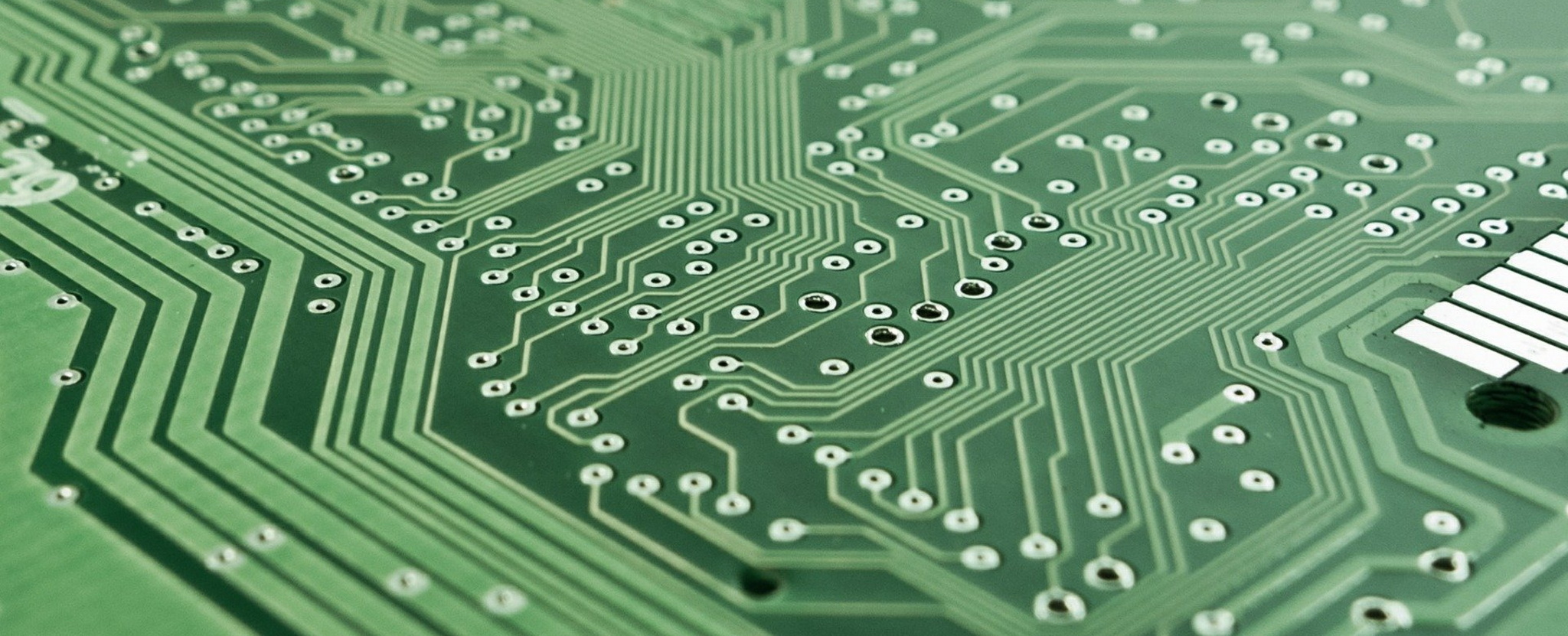
Registration
Registration for the course as well as download of the working materials takes place via OPAL.
Course description
| Lecturers: |
Dr. Mario Weber |
| Type of course: | Lecture with tutorial and practical course |
| Scope of course: |
2/1/2 LVS (Lecture/Tutorial/Practical course) |
| Contents: |
|
| Job prospects: | Mit den erworbenen Kenntnissen des Modul Grundlagen der Elektrotechnik 3 qualifizieren Sie sich in der Joblandschaft in nahezu allen Märkten der Elektrotechnik. |
Events
See course catalog of the winter semesterHochfrequenztechnik und Photonik (1)
Responsible: Prof. Dr. Ralf Zichner

Registration
Registration for the course as well as download of the working materials takes place via OPAL.
Course description
| Lecturers: |
Prof. Dr. Ralf Zichner |
| Type of course: | Lecture with tutorial |
| Scope of course: |
2/1/(1) LVS (Lecture/Tutorial/Practical course) |
| Contents: |
o Begriffsdefinitionen wichtiger Größen und Gleichungen
|
| Job prospects: | Mit den erworbenen Kenntnissen des Modul Hochfrequenztechnik und Photonik 1 qualifizieren Sie sich in der Joblandschaft in den Märkten Automobil, Luftfahrt, Raumfahrt, und Consumer Elektronik. |
Events
See course catalog of the winter semesterBasics of Microwave and Photonic Systems 1
Responsible: Prof. Dr. Ralf Zichner

Registration
Registration for the course as well as download of the working materials takes place via OPAL.
Course description
| Lecturers: |
Prof. Dr. Ralf Zichner |
| Type of course: | Lecture with tutorial and practical course |
| Scope of course: |
2/1/1 LVS (Lecture/Tutorial/Practical course) |
| Contents: |
|
| Job prospects: | With the acquired knowledge of the Basics of Microwave and Photonic Systems course, you will qualify for jobs in the automotive, aerospace, space, and consumer electronics markets. |
Events
See course catalog of the winter semesterHF-Abbildungssysteme in der Medizin
Responsible: Prof. Dr. Ralf Zichner
Registration
Registration for the course as well as download of the working materials takes place via OPAL.
Course description
| Lecturer: |
Prof. Dr. Madhukar Chandra |
| Type of course: | Lecture with tutorial und seminar |
| Scope of course: |
2/0/0/1 LVS (Lecture/Tutorial/Practical course/Seminar) |
| Contents: |
|
| Job prospects: | Mit den erworbenen Kenntnissen des Modul HF-Abbildungssysteme in der Medizin qualifizieren Sie sich in der Joblandschaft im Markt Medizintechnik. |
Events
See course catalog of the winter semesterOptical Communication Networks
Responsible: Prof. Dr. Ralf Zichner

Registration
Registration for the course as well as download of the working materials takes place via OPAL.
Course description
| Lecturer: |
Prof. Dr. Madhukar Chandra |
| Type of course: | Lecture |
| Scope of course: |
2/0/0 LVS (Lecture/Tutorial/Practical course) |
| Contents: |
|
| Job prospects: | With the acquired knowledge of the Optical Communication Networks course, you will qualify for the job landscape in the automotive, aerospace and aviation markets. |
Events
See course catalog of the winter semesterOverview of courses in the summer semester
Grundlagen der Elektrotechnik 2
Responsible: Prof. Dr. Ralf Zichner
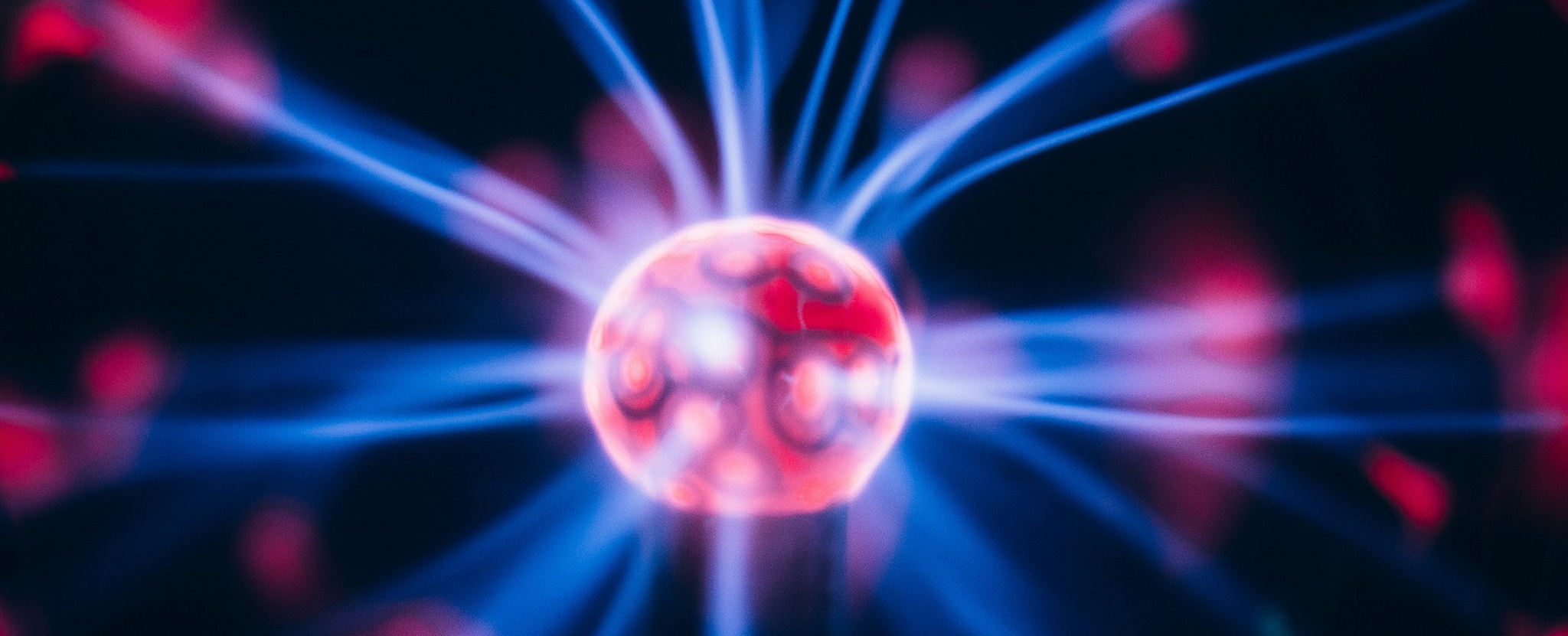
Registration
Registration for the course as well as download of the working materials takes place via OPAL.
Course description
| Lecturers: |
Dr. Mario Weber |
| Type of course: | Lecture with tutorial |
| Scope of course: |
3/2/1 LVS (Lecture/Tutorial/Practical course) |
| Contents: |
|
| Job prospects: | Mit den erworbenen Kenntnissen des Modul Grundlagen der Elektrotechnik 1 & 2 qualifizieren Sie sich in der Joblandschaft in nahezu allen Märkten der Elektrotechnik. |
Events
See course catalog of the summer semesterFundamentals of Electric Circuits 2
Responsible: Prof. Dr. Ralf Zichner

Registration
Registration for the course as well as download of the working materials takes place via OPAL.
Course description
| Lecturers: |
Dr.-Ing. André Schleicher |
| Type of course: | Lecture with tutorial |
| Scope of course: |
2/2/1 LVS (Lecture/Tutorial/Practical course) |
| Contents: |
|
| Job prospects: | The knowledge you acquire in the Fundamentals of Electric Circuits 2 module will qualify you for jobs in almost all electrical engineering markets. |
Events
See course catalog of the summer semesterTheoretische Elektrotechnik
Responsible: Prof. Dr. Ralf Zichner

Registration
Registration for the course as well as download of the working materials takes place via OPAL.
Course description
| Lecturers: |
Prof. Dr. Madhukar Chandra |
| Type of course: | Lecture with tutorial |
| Scope of course: |
3/2/0 LVS (Lecture/Tutorial/Practical course) |
| Contents: |
|
| Job prospects: | Mit den erworbenen Kenntnissen des Moduls Theoretische Elektrotechnik qualifizieren Sie sich in der Joblandschaft in den Märkten der Elektrotechnik. |
Events
See course catalog of the summer semesterFields and Waves
Responsible: Prof. Dr. Ralf Zichner

Registration
Registration for the course as well as download of the working materials takes place via OPAL.
Course description
| Lecturers: |
Prof. Dr. Madhukar Chandra |
| Type of course: | Lecture with tutorial |
| Scope of course: |
2/2/0 LVS (Lecture/Tutorial/Practical course) |
| Contents: |
Concepts and applications of Basic Wave Theory:
Wave Polarisation and basic EM-interaction:
|
| Job prospects: | With the knowledge gained from the Fields and Waves course, you will qualify for jobs in the automotive, aerospace, space, and consumer electronics markets. |
Events
See course catalog of the summer semesterAntenna Engineering
Responsible: Prof. Dr. Ralf Zichner

Registration
Registration for the course as well as download of the working materials takes place via OPAL.
Course description
| Lecturers: |
Prof. Dr. Ralf Zichner |
| Type of course: | Lecture, Tutorial and Practical course |
| Scope of course: |
2/1/1 LVS (Lecture/Tutorial/Practical course) |
| Contents: |
|
| Job prospects: | With the acquired knowledge of the course Antenna Engineering you qualify in the job landscape in the markets automotive, aerospace, space, and consumer electronics. |
Events
See course catalog of the summer semesterBasics of Microwave and Photonic Systems 2
Responsible: Prof. Dr. Ralf Zichner

Registration
Registration for the course as well as download of the working materials takes place via OPAL.
Course description
| Lecturers: |
Prof. Dr. Ralf Zichner |
| Type of course: | Lecture, Tutorial and Practical course |
| Scope of course: |
2/1/1 LVS (Lecture/Tutorial/Practical course) |
| Contents: |
|
| Job prospects: | With the acquired knowledge of the Basics of Microwave and Photonic Systems course, you will qualify for jobs in the automotive, aerospace, space, and consumer electronics markets. |




